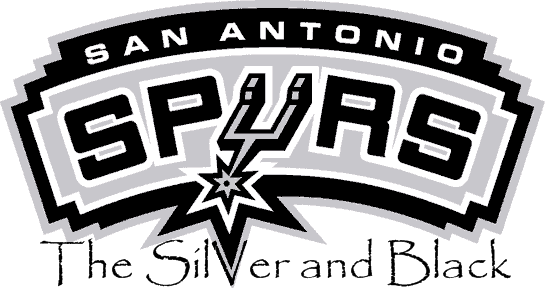
Scouting Report:
(+) Splitter is, by all accounts, a skilled low post player with soft hands and all the tools to succeed. He has strong footwork, understands the game well, and gets easy buckets by running the floor well. Splitter is able to use his long arms and athleticism to get a lot of easy tips and put backs and possesses great speed at his position. Good court vision for a guy his size, enabling him to play the high post. Good overall defender with long arms and quick feet (Draft Express calls him one of the best defensive big men in Europe). He should be growing accustomed to upper level basketball, having spent the past season at TAU Ceramica of the Spanish ACB league (Luis Scola’s club).
(-) Not quite the bully you want a guy his size to be. Although he plays with intensity, he has yet to show consistent physical and mental aggressiveness. Could improve on his mid range shooting, something that has held him back considerably. Has a history of mild injuries, a red flag for a guy that is only 22.
How He Fits on the Spurs:
Splitter is a prototypical “dirty work” guy for TAU, and that won’t change in the NBA. Playing alongside the likes of Tim Duncan and Tony Parker, Splitter should find a place by just working hard, making cuts, and playing off of the All-Stars in San Antonio. If he can ever learn the game the way Fabricio Oberto has, than the Spurs are in great shape.
Splitter has played the high post and low post, and his versatility should help him play alongside Duncan. If he ever develops a midrange jumper it would do a lot to free up Timmy down low.
Unfortunately, the Spurs could be flirting with Scola version 2.0. Splitter is stuck in a buyout situation and won’t come to the NBA anytime soon. Spurs director of media services Tom James has already announced Splitter won’t come over this season and will not be part of the Spurs’ training camp.
He can develop into a scorer over time, but for the moment he’ll be asked to be a defensive presence, run the floor, and work the boards.
#33 Marcus Williams, Arizona (SG/SF, 20 years old, 6”7” 210)

Scouting Report:
(+) At 6’7” and a 7 foot wingspan, he’s got excellent size for a SG/SF. Like most rookies, he’ll need to put on some muscle, but the Spurs don’t exactly focus on bodybuilding-type wing guys. Great ballhandler and individual talent (several sites claim that he shined in 1-on-1 workouts). Very smooth with the ball, able to make his own shot off a solid crossover or create shots for others with his court vision. Instinctive type of player who improved his attitude from one year to the next at Arizona. Has put in a lot of effort to improve himself in the “hustle” parts of the game, working without the ball and getting out on the break.
(-) Williams may have a big upside, but he’s not as NBA ready as wing players the Spurs passed on such as Alando Tucker or Derrick Byars. He’s got a funky release on his shot, giving him an inconsistent and slow jumper. Despite his length, he isn’t extremely quick, and isn’t as solid a defender as he probably should be. More of a finesse guy who doesn’t show much toughness. He also tends to make questionable decisions in the clutch.
How He Fits on the Spurs:
At only 20 years old, he’s a project, but youth is definitely served on the perimeter. If he has the maturity and patience to learn from professionals like Michael Finley and Bruce Bowen, he could turn out to be a starter-type player down the road. More than anything, he has to learn that defense comes first with Popovich and company, and he’ll be a role player in the Spurs’ system.
He’ll have to work himself onto the roster in training camp and over the summer. Alongside James White, the Spurs suddenly have two long, finesse wing guys that could be key components 2-3 years down the line, but Williams will definitely have to earn his place. He’s shown the willingness and effort to improve, which is probably why the Spurs chose him over other talented wing players in the draft.
#58 Giorgos Printezis, Greece (SF/PF, 22 years old, 6’8” 210)
(Traded to Toronto for a 2008 second round pick).
Most of the information for the scouting reports came from NBAdraft.net and Draft Express. Both are worth checking out for more info.


















